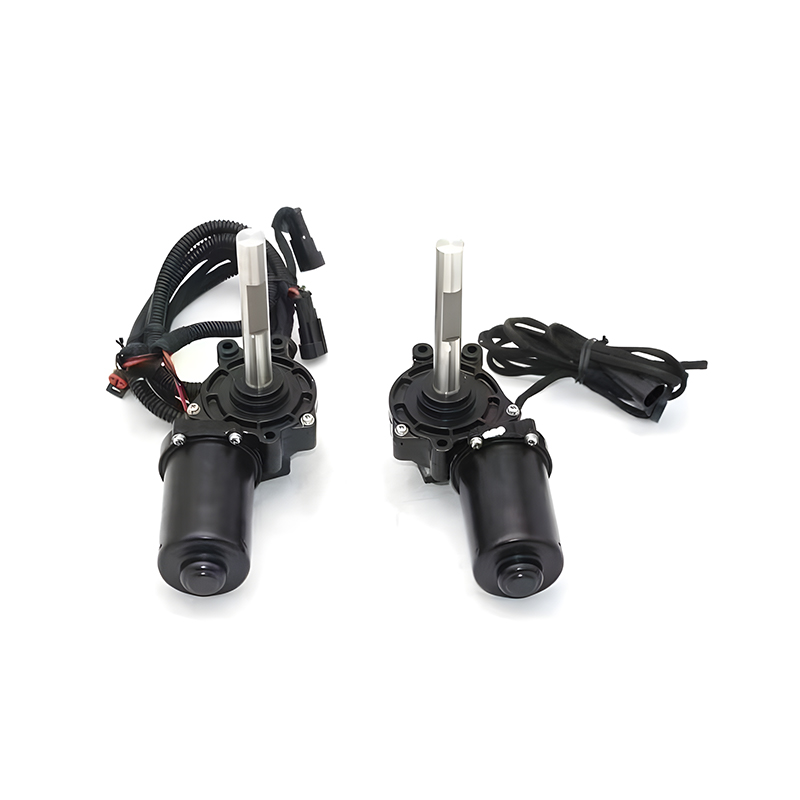These subtle modifications have had a noticeable effect on reducing operational noise, particularly in devices such as the window lifter car system and the BMW sunroof motor.

Gear noise is a common issue in compact electric motors, especially where precision and repetitive motion are involved. In mechanisms like the window lifter car, the constant up-and-down movement can create vibration and gear meshing noise over time. Likewise, the BMW sunroof motor operates in proximity to the driver's headspace, making any sound more noticeable and potentially disruptive to the driving experience.
Recent studies and production tests have shown that refining the tooth shape, angle, and spacing on the gear train inside these micro motors can significantly influence their acoustic performance. By tuning the gear teeth profile, engineers have been able to reduce the contact stress and less backlash—two key contributors to unwanted noise. This tuning process involves not only mathematical modeling but also repeated prototyping to balance strength, durability, and acoustic control.
One practical application of this improvement has been observed in a new generation of window lifter car motors. These motors feature a revised internal gear layout where the teeth engage more smoothly, distributing force evenly across the surface. The result is a quieter lift, especially noticeable when windows are operated in silent environments such as underground parking garages or at night.
Similarly, the BMW sunroof motor has benefited from this gear-tuning technique. The redesigned motor delivers more consistent performance while maintaining a lower noise footprint. For users who often open or close their sunroof while driving at lower speeds or in stationary traffic, this subtle refinement enhances comfort without requiring any change in user behavior.
Noise reduction through gear design is not a one-size-fits-all approach. Engineers must tailor the gear profile to match the specific torque and speed demands of each application. For instance, the window lifter car motor may prioritize smoother linear force transmission, while the BMW sunroof motor must consider rotational speed control and stop accuracy. Each component undergoes independent tuning processes to meet its functional and acoustic goals.
Another benefit of gear teeth tuning is the potential for extended motor lifespan. Reduced vibration and smoother operation lower the wear on both the gear surfaces and the motor shaft. This longevity is particularly useful for window lifter car systems, which may be used hundreds or even thousands of times over the life of a vehicle. A smoother mechanism also translates to less stress on surrounding components, including plastic guides and regulator cables.
The BMW sunroof motor, which often includes integrated sensors and programmable memory positions, also gains from improved mechanical harmony. Fewer vibrations can result in more reliable sensor readings and better alignment between the motor's rotation and the sunroof's physical position. This means fewer service issues over time and a more consistent experience for the end user.
While the changes to gear teeth may appear minor, their impact on everyday motor applications is substantial. For window lifter car assemblies, users now experience smoother glass movement and reduced hum during operation. For the BMW sunroof motor, drivers enjoy less noticeable mechanical feedback when adjusting the roof panel.
Ultimately, these advances demonstrate how small adjustments in design can advance to meaningful improvements in function and user experience. Noise reduction through gear profile tuning is just one example of how engineering continues to evolve quietly, behind the scenes, to support the comfort and reliability modern drivers have come to expect.
Your email address will not be published. Required field are marked*